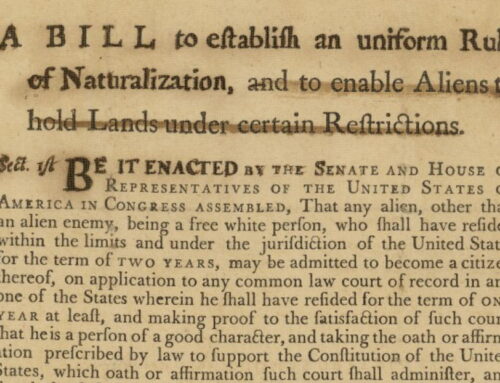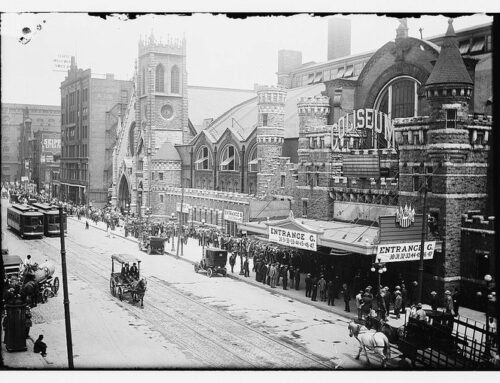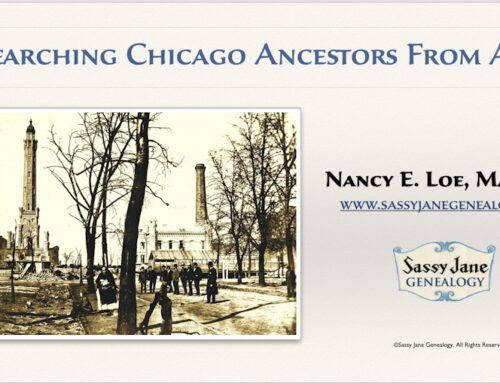Today’s post is about US Port Passenger Lists from 1820-1957. Immigration records are a particular delight to me, as the great-granddaughter of eight immigrants from seven different places in Europe and Scandinavia. (The featured image above is the arrival of RMS Olympic in Baltimore, 1911, Maryland Historical Society).
Passenger Lists for US Ports, 1820-1957
Do the family stories about your immigrant ancestors say they came through Ellis Island? But what if your ancestors arrived in Boston, Baltimore, New Orleans, other U.S. ports?

“Frederick Schumann,” Baltimore, Maryland, U.S., Passenger Lists, 1820-1964, Ancestry.com, https://www.ancestry.com/discoveryui-content/view/1060747:8679?ssrc=pt&tid=107071883&pid=110059127393.
If your ancestors arrived at US ports other than New York, read on.
 An essential guide is Joe Beine’s US Ports of Arrival and Their Immigration Records and Passenger Lists. Arranged by states, Joe Beine’s site is especially valuable for comprehensive coverage of existing records for all U.S. ports. Searching for Passenger Lists for US Ports 1820-1957 is a great way to acquaint yourself with the resources that exist for immigration records in each of the 50 states.
An essential guide is Joe Beine’s US Ports of Arrival and Their Immigration Records and Passenger Lists. Arranged by states, Joe Beine’s site is especially valuable for comprehensive coverage of existing records for all U.S. ports. Searching for Passenger Lists for US Ports 1820-1957 is a great way to acquaint yourself with the resources that exist for immigration records in each of the 50 states.
Discover more with my eBook, “European Immigrant Ancestors: Their Experiences and the Records,” And there’s a European Ancestors presentation available for booking for your genealogy group.





Have a grand experience in San Diego, Nancy. Thanks for today’s refresher course on Immigration. Nice to be updated on old websites and their new content (since my last visit, that is!)
Cari